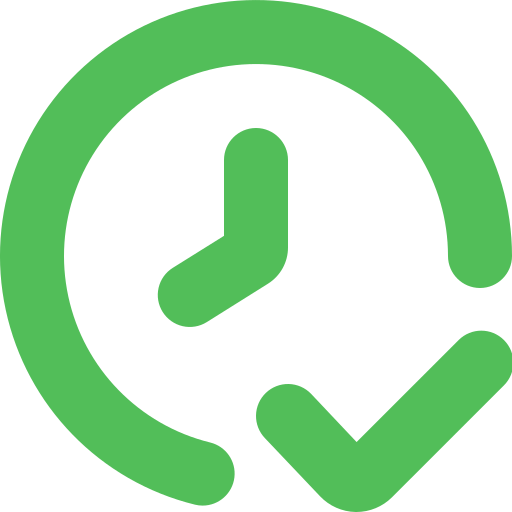Please describe your proposed solution
Context:
First off it should be noted that in Cameroon the concept of mail as some people in the Western world may take for granted is virtually nonexistent. It is almost impossible to receive packages via courier directly to your home or office, and therefore the people of Cameroon have come to rely on other methods for sending and receiving parcels.
The main solution that people use for sending packages within Cameroon is via inter-city buses. In Cameroon, the majority of inter-city transportation companies have some form of parcel delivery service in conjunction with transporting people. The agencies of these companies double as drop-off and pick-up locations for packages where people come to carry out the shipping and collection operations.
However, home delivery is very poorly developed and does not take advantage of the local infrastructure. In big cities such as Douala and Yaounde picking up or dropping off your package may look like this:
- Leave the house to get to the travel agency. Usually this involves taking another form of public transportation to do so such as a taxi or moto-taxi– it is uncommon among people using these services to have personal vehicles.
- Arrive at the agency and wait in line to pick up your package
- Repeat step 1 but now returning home.
Leaving the house to go to the agency may involve several inconveniences that we wish to resolve.
- Time wasted: using valuable time both on the road (potentially a very serious factor due to traffic) and also waiting at the agency in line and then waiting for your package to be identified
- Money wasted: extra expenditure (paying for transportation to and from agency) often at higher cost during high traffic times
- Personal safety risk: it can be dangerous to be travelling on the road (increased risk when holding encumbering items on a moto-taxi)
We have outlined above how, on a personal level, this system is deeply flawed, but it is easily extrapolated how this system does not work on both a business point of view and also from an environmental standpoint. We seek to optimize this whole system in such a way that we could take the multiple packages from point A to point B delivered by one entity instead of multiple people and multiple trips to and from these travel agencies.
Our solution/ Road map:
Our main objective is to build a decentralized delivery system, that will manage home delivery and pickups, that relies on already existing local transportation. The DAO will allow anyone with a moving medium (moto-taxi, taxi ..etc) to join our delivery personnel network after they successfully pass our reputation algorithm. They will have a chance to pick up items for delivery based on optimizing the path from where suits them most for both pickups and deliveries. Customers will have the possibility to redirect notifications they get from travel agencies for their package status updates to our system. The latest will be assigned to the closest moto-taxi in the pick up area. (This will be done through a fair and equitable algorithm). An algorithm will also determine the cost and once this is validated by both parties, the moto-taxi will pick up and deliver the package. Another use case for this system will be for grocery delivery. Customers will be able to shop with third party businesses (grocery store, supermarket center ..etc) and notify our system for delivery. Again a moto-taxi man will be connected and a contract will be secured between the delivery personnel and the customer and then the goods will be delivered.
In a specific way, the following subsystem will make up the solution.
- Build a decentralized ID system the leveraging Atala prism Software Development Kit (SDK). This will be the foundational building block for the governance and reputation management modules
- Develop a package organization and delivery model based on destination and delivery routes, making sure to aggregate and combine data with similar destination / pickup points
- Tokenize the CO2 emissions offset that results from aggregating and combining trips with same destinations and pickup points
- Create notification system and an interface for stakeholders: For delivery personnel it will be a proximity based notification and for customers delivery status updates
- Work with local microfinance institution to model an exchange mechanism that will allow transaction from (to) physical local currencies as needed
- Create a digital native token pegged to the value of the local currency for micro-payment within the network.
- Create a mobile app with payment interface including a QR code for managing transactions within our DAO network

